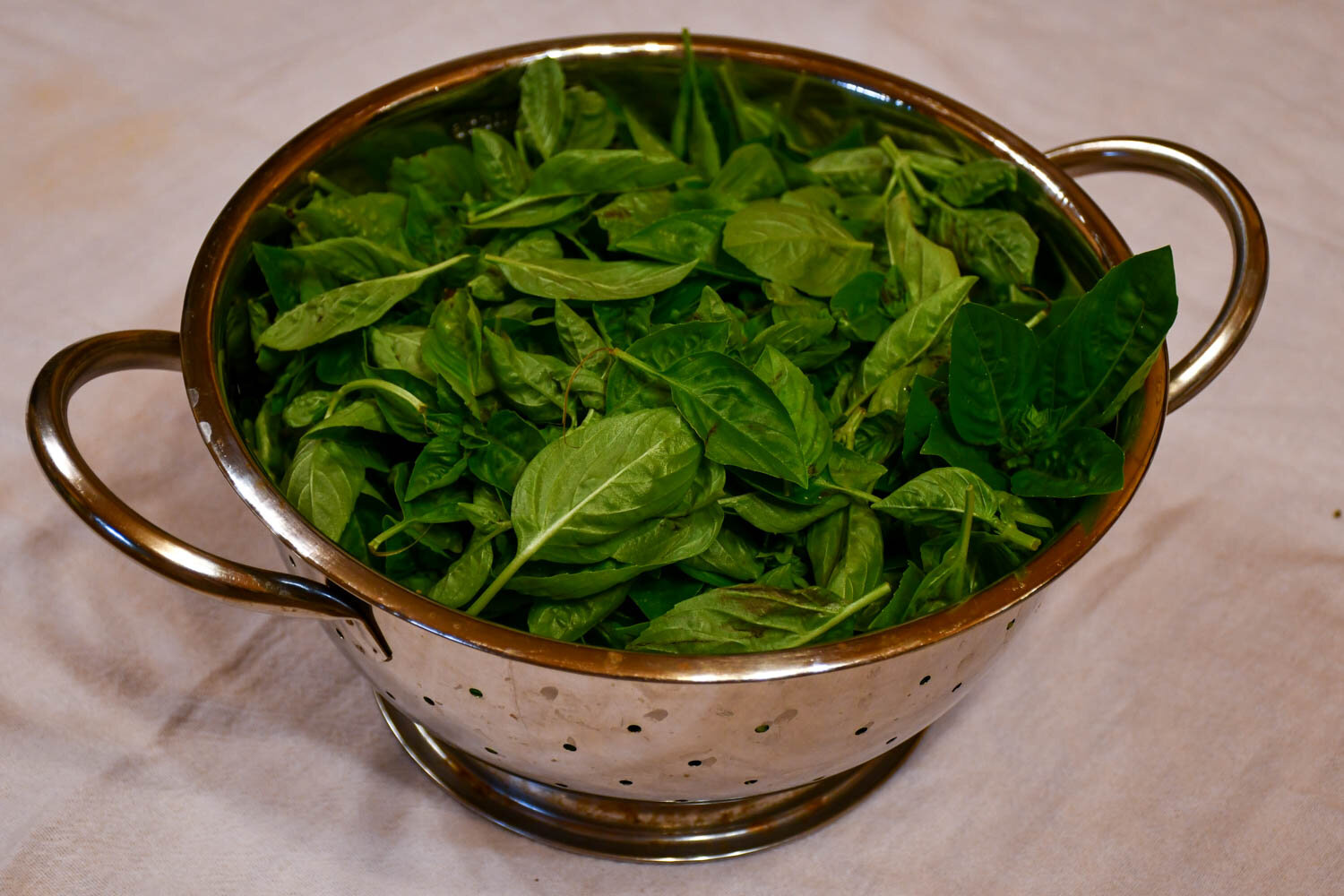My thyme is in full bloom. It’s one of the plants that I’ve had the longest in my life.
My original start came in the early 2000’s from visiting Denise and Charles Berryhill’s herb weekend at their farm Briarwood Gardens right across the state line in Kentucky. They were both generous in teaching me as a teenager about herbs and organic gardening, and I bought some of my first herb starts from them. The label said mother of thyme, but I’m still not 100% certain of its identity.
I planted the first little sprig of thyme in my little herb bed in the vegetable garden I had at my grandmother’s house. It was welcomed amongst the mountain mint, sage, yarrow, and comfrey. I watched it cover the ground and quickly form a dense woody mat. I enjoyed its little flowers it would don in early summer and the fragrance the leaves released with a simple brushing.
Time passed, an offer came for graduate school, and I moved to North Carolina. I had to leave many of my plants behind, including the thyme. And, within a few years, the Bermuda grass that I had fought for almost a decade reclaimed the ground I had tended.
After I got my teaching job in Texas, I wandered back to my old garden one Christmas. I could still make out the worn down paths, but they were now covered by bleached turf mixed with sprigs of green yarrow that had survived my absence. And, then it caught my eye. A single sprig of thyme with its red winter cast. I was ecstatic, as it had hung on this long as if waiting for me to return. I dug it that day, and brought it back with me to Texas. I nurtured it in a container, and soon it spilled over the edges and outgrew the pot.
Once we moved to our log cabin, I planted it back into soil, and it took off once again. I figured that being Texas it would die in the ground. But, the plant’s survival surprised me again. This thyme grows during our wet spells, tolerates the hottest days next to black pavement, and shrugs off the cold winters. I may occasionally loose a small patch, but the plant quickly works to fill the hole. In June it comes into flower and attracts beneficial insects like bees and wasps. And, with the first frost each leaf is outlined with a brilliant white, which forms an interesting pattern. Throughout the year, we like to use it chicken dishes as well as Poole’s Diner mashed potatoes with herb-scented cream.
In our kitchen garden it has grown into a dense layer of green that stops most weeds growing. When needed, I rip off the edges and cram them into an open spot of soil where I want a good groundcover to help prevent erosion. Life could always use some more thyme, especially one that’s been around for the majority of my time here on earth.
A wasp exits stage left from the thyme patch in our kitchen garden.






